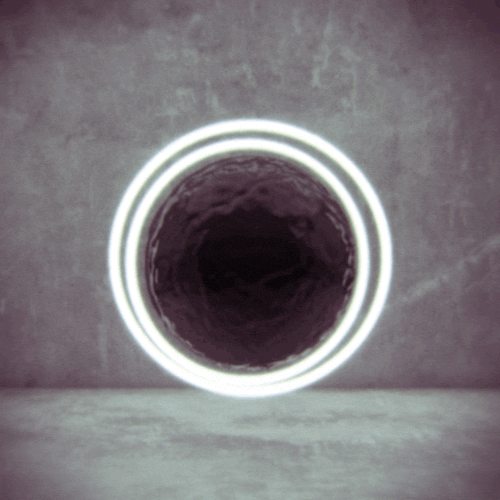The Excavations in the Mithraeum of the Church of Santa Prisca in Rome

This shrine may be the most interesting Mithraeum in the world, for it displays various remarkable features that are not to be found in any other speleum. The peculiar cult-niche with its rich stucco decoration is unique, the precious paintings on the side-walls introduce us in a very special way into the doctrine and the ceremonies of the Mithraic mysteries, and here we make our first acquaintance with religious texts.
This Mithraeum was discovered in 1934 as a result of an accidental excavation by the Augustinian Fathers, who have charge of the adjacent monastery and the Church. The Friars cherished a secret hope that they would find further data in connection with the earliest history of the Church, in which-as legend will have it-the Prince of the Church was said to have baptized S. Prisca. Instead they found a sanctuary of one of the most formidable antagonists of Christianity. A short but excellent description of this Mithraic community was soon published by Professor A. Ferrua S. J., whose conclusions are generally correct.
The finds, which at the time did not fail to make a deep impression, attracted the immediate attention of Alfred Merlin, Giuseppe Lugli and others, but above all of the great authority on Mithraism, Franz Cumont, who gave an enthusiastic report to the Académie des Inscriptions et Belles Lettres, Paris.
Frequent visits to and study of the sanctuary since 1947 made it quite clear to us that only further research could reveal its real significance. Thanks to a considerable gift by Mr. J. M. Hondius and Mrs. Ada Hondius-Crone of Amsterdam, both of whom possess a keen interest in the study of archaeology and religious history, it was possible in September 1952, and later in March 1953, to make our first small-scale investigations into the paintings and the architecture of the building. To them, therefore, we dedicate this publication.

Comments
Add a comment